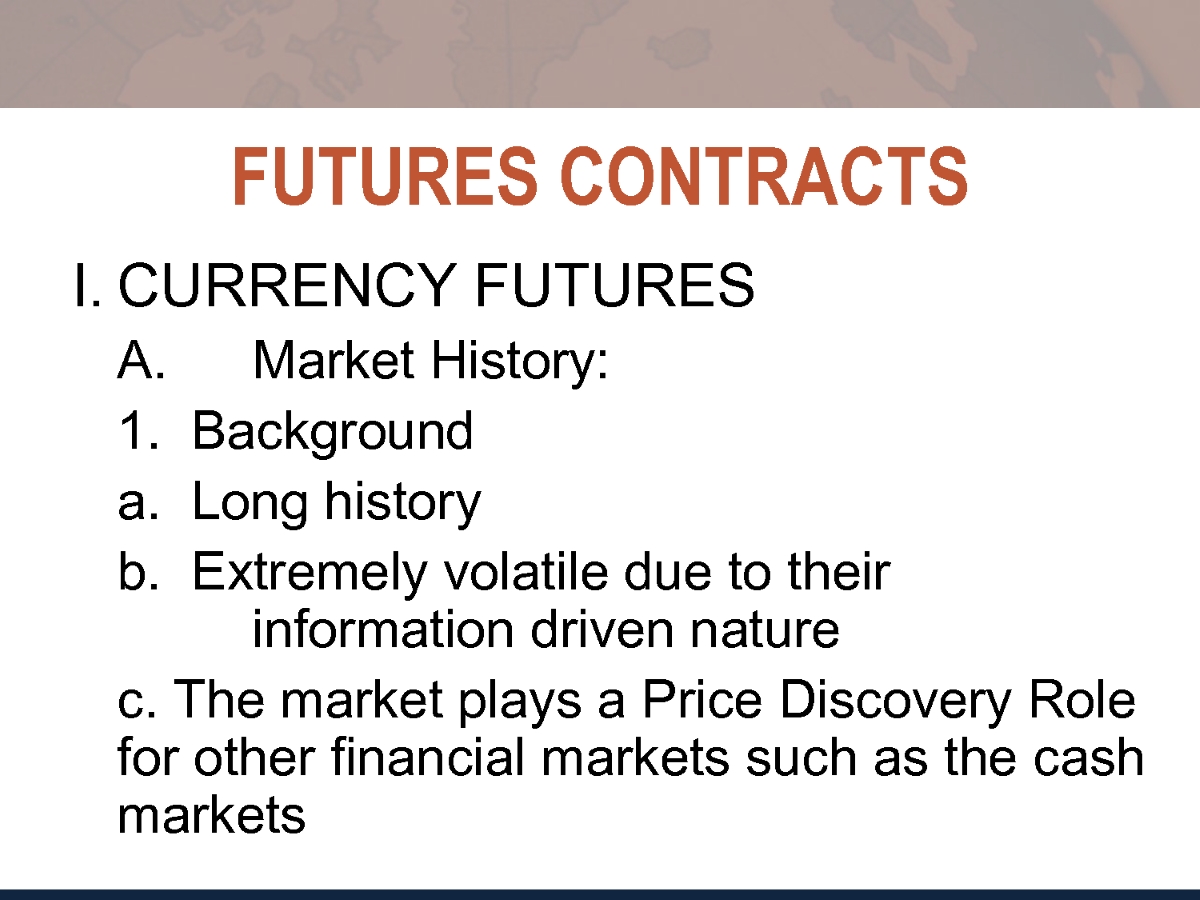Home>Finance>Why Do Credit Card Companies Set The Minimum Payment So Low


Finance
Why Do Credit Card Companies Set The Minimum Payment So Low
Published: February 25, 2024
Learn why credit card companies set low minimum payments and the financial implications. Understand the impact on personal finance and debt management.
(Many of the links in this article redirect to a specific reviewed product. Your purchase of these products through affiliate links helps to generate commission for LiveWell, at no extra cost. Learn more)
Table of Contents
Introduction
Credit cards have become an integral part of modern financial transactions, offering convenience and flexibility to consumers. However, the seemingly innocuous minimum payment requirement set by credit card companies has garnered significant attention and scrutiny. At first glance, the minimum payment may appear as a helpful option for individuals who may be experiencing financial constraints. Nevertheless, a deeper understanding of this practice reveals a complex interplay of financial psychology, consumer behavior, and industry incentives.
The concept of minimum payments is often shrouded in ambiguity, leading many consumers to overlook its long-term implications. This article aims to unravel the intricacies surrounding minimum payments, shedding light on why credit card companies set the minimum payment so low and the far-reaching consequences of this practice. By delving into the psychological underpinnings, financial motivations, and regulatory landscape, we can gain a comprehensive understanding of this pervasive yet often misunderstood aspect of credit card usage.
As we embark on this exploration, it becomes evident that the minimum payment serves as a double-edged sword, providing temporary relief to cardholders while potentially ensnaring them in a cycle of debt. Understanding the dynamics at play is crucial for consumers to make informed financial decisions and navigate the credit landscape with confidence. Let us navigate the labyrinth of minimum payments to uncover the mechanisms that drive this phenomenon and its implications for individuals and the broader financial ecosystem.
Understanding Minimum Payments
Minimum payments represent the lowest amount that a credit card holder must pay each billing cycle to remain in good standing with the card issuer. This figure is typically calculated as a small percentage of the total outstanding balance, often ranging from 1% to 3% of the principal amount owed, in addition to any accrued interest and fees. While this requirement may seem like a manageable option for individuals facing financial strain, it is essential to recognize the long-term implications of adhering solely to the minimum payment.
When cardholders opt to pay only the minimum amount due, they inadvertently extend the repayment period and incur significantly higher interest charges. This phenomenon arises from the compounding effect of interest on the remaining balance, perpetuating a cycle of debt that can be arduous to escape. While minimum payments offer temporary relief by staving off immediate penalties, they often lead to prolonged indebtedness and increased overall costs.
Moreover, the structure of minimum payments can obscure the true magnitude of debt, fostering a false sense of financial security. As individuals focus on meeting the minimum requirement, they may underestimate the gravity of their outstanding balances and delay taking proactive measures to address their financial liabilities. This can culminate in a precarious situation where the debt burden escalates, and the prospect of achieving financial freedom becomes increasingly elusive.
Understanding the mechanics of minimum payments is pivotal for consumers to make informed choices regarding their credit card usage. By grasping the implications of adhering solely to the minimum requirement, individuals can proactively manage their finances, strive to pay more than the minimum when feasible, and ultimately mitigate the adverse effects of prolonged indebtedness. As we unravel the psychology behind minimum payments in the subsequent section, it becomes evident that a comprehensive comprehension of this practice is indispensable for financial well-being.
The Psychology of Minimum Payments
The allure of minimum payments often stems from their immediate appeal, offering a temporary reprieve to individuals grappling with financial constraints. This psychological enticement is further amplified by the juxtaposition of the minimum amount due against the full outstanding balance, creating a perceptible dichotomy between the two figures. As a result, individuals may feel a sense of accomplishment and relief upon meeting the minimum payment, fostering the illusion of progress in managing their debt.
Furthermore, the cognitive bias known as “anchoring” plays a pivotal role in shaping individuals’ perceptions of minimum payments. When presented with the minimum amount due, cardholders may anchor their assessment of the debt’s magnitude to this comparatively modest figure, thereby underestimating the broader implications of their outstanding balances. This cognitive phenomenon can lead to a skewed evaluation of the debt’s severity, potentially deterring individuals from taking decisive action to expedite repayment and alleviate their financial burdens.
Additionally, the framing effect, a cognitive bias influenced by the presentation of information, can subtly influence individuals’ decisions regarding minimum payments. By positioning the minimum amount due as a manageable obligation, credit card companies create a psychological context that encourages adherence to this threshold, even as it perpetuates prolonged indebtedness. This framing can engender a sense of complacency among consumers, deterring them from critically evaluating the long-term repercussions of solely meeting the minimum requirement.
Understanding the psychological underpinnings of minimum payments is imperative for consumers to navigate the intricacies of debt management effectively. By recognizing the cognitive biases and perceptual distortions that underpin the allure of minimum payments, individuals can adopt a more discerning approach to credit card usage. This heightened awareness empowers consumers to transcend the psychological allure of minimum payments, proactively address their financial obligations, and chart a sustainable path toward debt reduction and financial well-being.
The Impact on Consumers
The prevalence of minimum payments exerts a multifaceted impact on consumers, permeating various facets of their financial well-being and psychological outlook. While initially offering a semblance of relief, the long-term ramifications of adhering solely to minimum payments can be profound and enduring.
One of the primary repercussions of perpetuating minimum payments is the escalation of overall debt burden. By succumbing to the allure of minimum payments, individuals inadvertently prolong the repayment period, subjecting themselves to accruing interest and fees. This perpetuates a cycle of indebtedness, impeding their ability to achieve financial freedom and constraining their capacity to pursue other essential financial goals.
Moreover, the psychological toll of sustained indebtedness stemming from minimum payments can be substantial. Individuals may experience heightened stress, anxiety, and a pervasive sense of financial insecurity as they grapple with the protracted burden of debt. This can impede their overall well-being, erode their confidence, and strain interpersonal relationships, underscoring the far-reaching implications of minimum payments on consumers’ emotional and psychological welfare.
Furthermore, the protracted nature of indebtedness resulting from minimum payments can hinder individuals’ long-term financial planning and undermine their capacity to build savings and investments. The exorbitant interest charges incurred through prolonged indebtedness divert financial resources that could otherwise be allocated toward wealth accumulation and asset building, perpetuating a cycle of financial stagnation.
Recognizing the detrimental impact of sustained adherence to minimum payments is pivotal for consumers to proactively address their financial obligations and mitigate the adverse effects of prolonged indebtedness. By acknowledging the multifaceted toll on their financial well-being and psychological resilience, individuals can strive to transcend the allure of minimum payments, pursue strategies for accelerated debt repayment, and ultimately reclaim agency over their financial futures.
The Financial Incentive for Credit Card Companies
Behind the seemingly benign facade of minimum payments lies a compelling financial incentive for credit card companies. While ostensibly offering a lifeline to consumers facing financial constraints, minimum payments align with the profit-driven objectives of credit card issuers, serving as a catalyst for sustained interest accrual and revenue generation.
By setting the minimum payment at a low threshold, credit card companies foster an environment where cardholders are inclined to perpetuate their indebtedness, thereby ensuring a continuous stream of interest and fees. This strategic maneuver aligns with the profit-maximizing agenda of credit card companies, as prolonged indebtedness translates into sustained financial gains through the compounding effect of interest on outstanding balances.
Moreover, the strategic calibration of minimum payments enables credit card companies to cultivate a sense of financial complacency among consumers, deterring them from expeditiously addressing their outstanding balances. This complacency perpetuates a cycle of prolonged indebtedness, amplifying the revenue potential for credit card companies and solidifying their position as beneficiaries of sustained interest accrual.
Furthermore, the strategic calibration of minimum payments enables credit card companies to cultivate a sense of financial complacency among consumers, deterring them from expeditiously addressing their outstanding balances. This complacency perpetuates a cycle of prolonged indebtedness, amplifying the revenue potential for credit card companies and solidifying their position as beneficiaries of sustained interest accrual.
Recognizing the symbiotic relationship between minimum payments and the profit motives of credit card companies is pivotal for consumers to adopt a discerning approach to credit card usage. By acknowledging the underlying financial incentives that underpin minimum payments, individuals can make informed decisions regarding their debt management strategies, strive to pay more than the minimum requirement, and ultimately mitigate the enduring financial gains reaped by credit card companies through prolonged indebtedness.
Regulatory Oversight and Consumer Protection
The pervasive impact of minimum payments on consumers has prompted regulatory bodies to institute measures aimed at safeguarding individuals from the potential perils of prolonged indebtedness. Recognizing the need to mitigate the adverse repercussions of minimum payments, regulatory oversight and consumer protection initiatives have been pivotal in fostering greater transparency, accountability, and consumer empowerment within the credit card landscape.
One notable intervention in this domain is the requirement for enhanced disclosure of the long-term implications of adhering solely to minimum payments. Credit card issuers are mandated to provide clear and comprehensive information regarding the prolonged repayment periods, exorbitant interest charges, and overall escalation of debt that can result from solely meeting the minimum requirement. This transparency empowers consumers to make informed decisions, grasp the full magnitude of their financial obligations, and proactively navigate the credit landscape with heightened awareness.
Furthermore, regulatory measures have been instrumental in curbing predatory practices associated with minimum payments, such as the strategic calibration of minimum payment thresholds to perpetuate prolonged indebtedness. By imposing stringent guidelines and standards, regulatory bodies strive to mitigate the potential for exploitation and foster a more equitable and consumer-centric credit card environment.
Consumer protection initiatives have also encompassed the dissemination of financial literacy resources and tools designed to equip individuals with the knowledge and skills necessary to navigate credit card usage prudently. By fostering a culture of financial empowerment and awareness, these initiatives aim to bolster consumers’ capacity to make informed decisions, proactively manage their debt, and safeguard their long-term financial well-being.
While regulatory oversight and consumer protection measures have made notable strides in enhancing transparency and accountability within the credit card landscape, continued vigilance and advocacy remain crucial. Empowering consumers with the knowledge and resources to navigate the intricacies of minimum payments and debt management is pivotal for fostering a climate of financial resilience and equitable consumer outcomes.
Conclusion
The enigmatic realm of minimum payments within the credit card landscape encompasses a tapestry of financial psychology, consumer behavior, and industry imperatives. While ostensibly offering a lifeline to individuals facing financial constraints, minimum payments harbor far-reaching implications that transcend their immediate appeal. Unraveling the intricacies of minimum payments unveils a complex interplay of cognitive biases, financial incentives, and regulatory dynamics that collectively shape consumers’ experiences within the credit card ecosystem.
As consumers navigate the labyrinth of minimum payments, a heightened awareness of the psychological allure, financial ramifications, and regulatory safeguards is indispensable. By recognizing the cognitive biases that underpin the allure of minimum payments and comprehending the enduring financial gains reaped by credit card companies through prolonged indebtedness, individuals can adopt a discerning approach to credit card usage. Striving to pay more than the minimum requirement, leveraging financial literacy resources, and proactively managing their debt empowers consumers to transcend the allure of minimum payments and chart a sustainable path toward financial well-being.
Regulatory oversight and consumer protection initiatives have been instrumental in fostering greater transparency, curbing predatory practices, and equipping individuals with the knowledge necessary to navigate the credit card landscape prudently. As these measures continue to evolve, advocating for enhanced consumer empowerment and equitable outcomes remains pivotal in safeguarding individuals from the potential perils of prolonged indebtedness perpetuated by minimum payments.
In essence, the enigma of minimum payments underscores the intricate interplay of financial dynamics, consumer empowerment, and industry imperatives. By unraveling this enigma and embracing a proactive approach to debt management, individuals can transcend the allure of minimum payments, reclaim agency over their financial futures, and cultivate a climate of enduring financial resilience.














